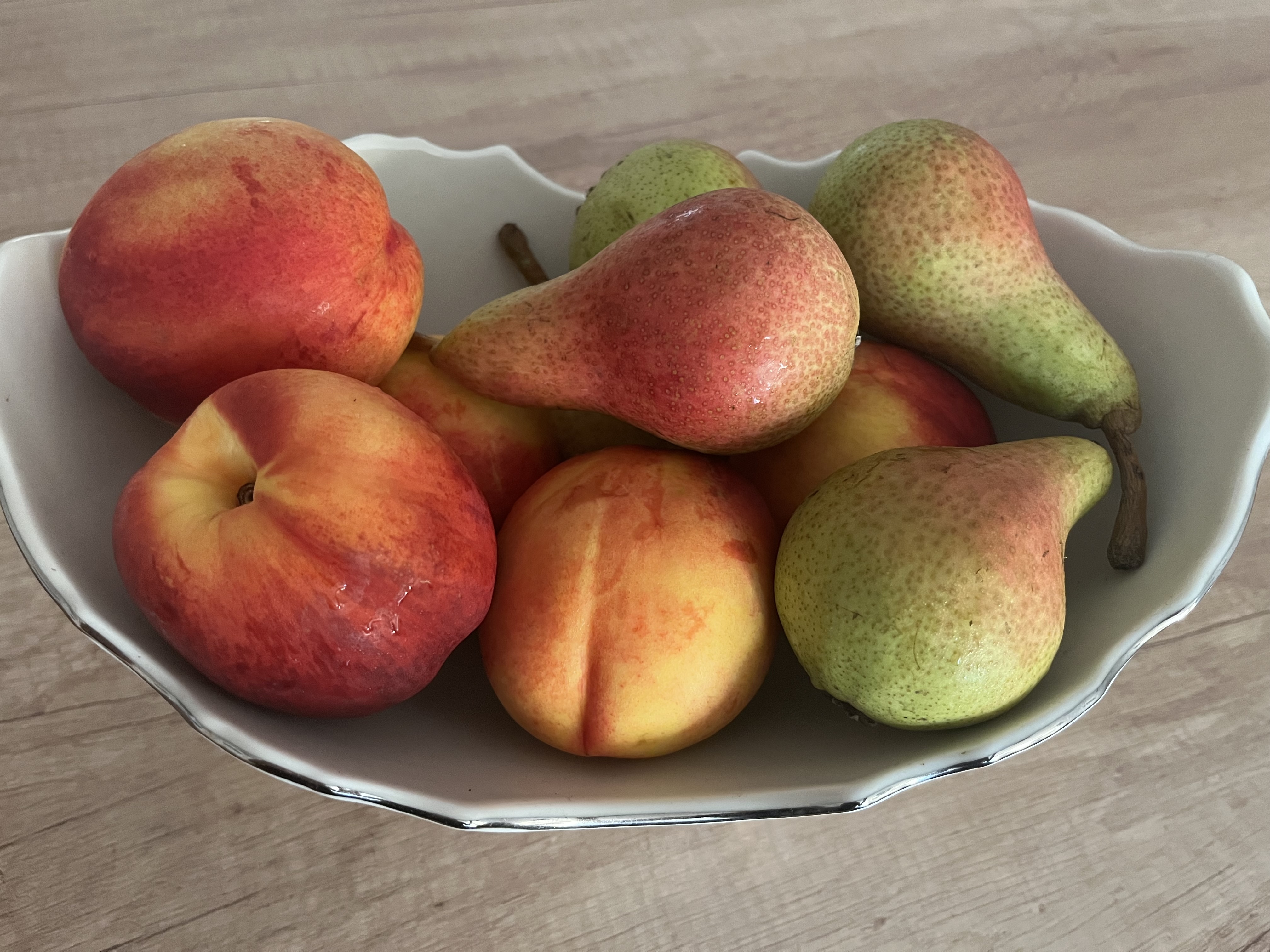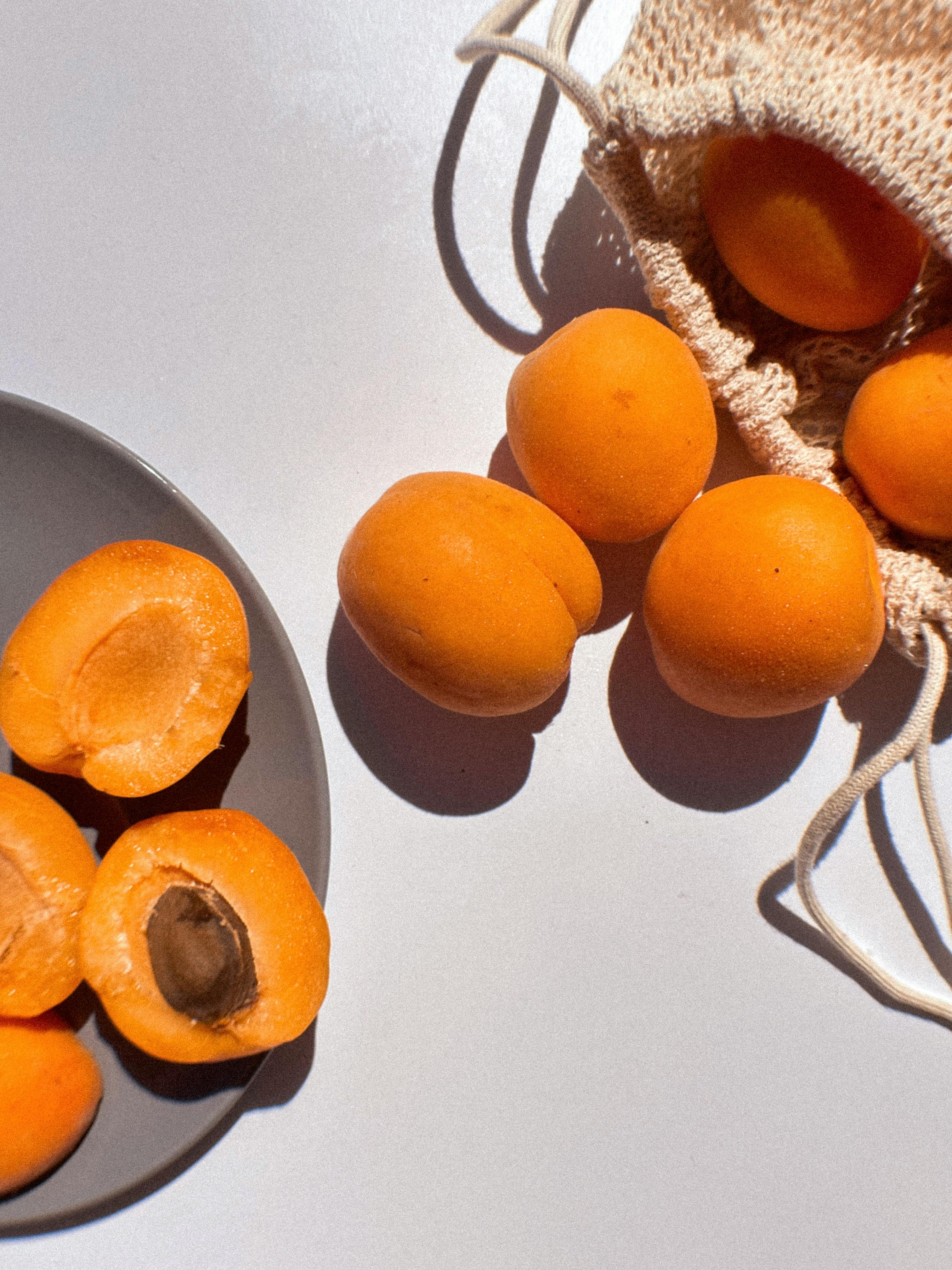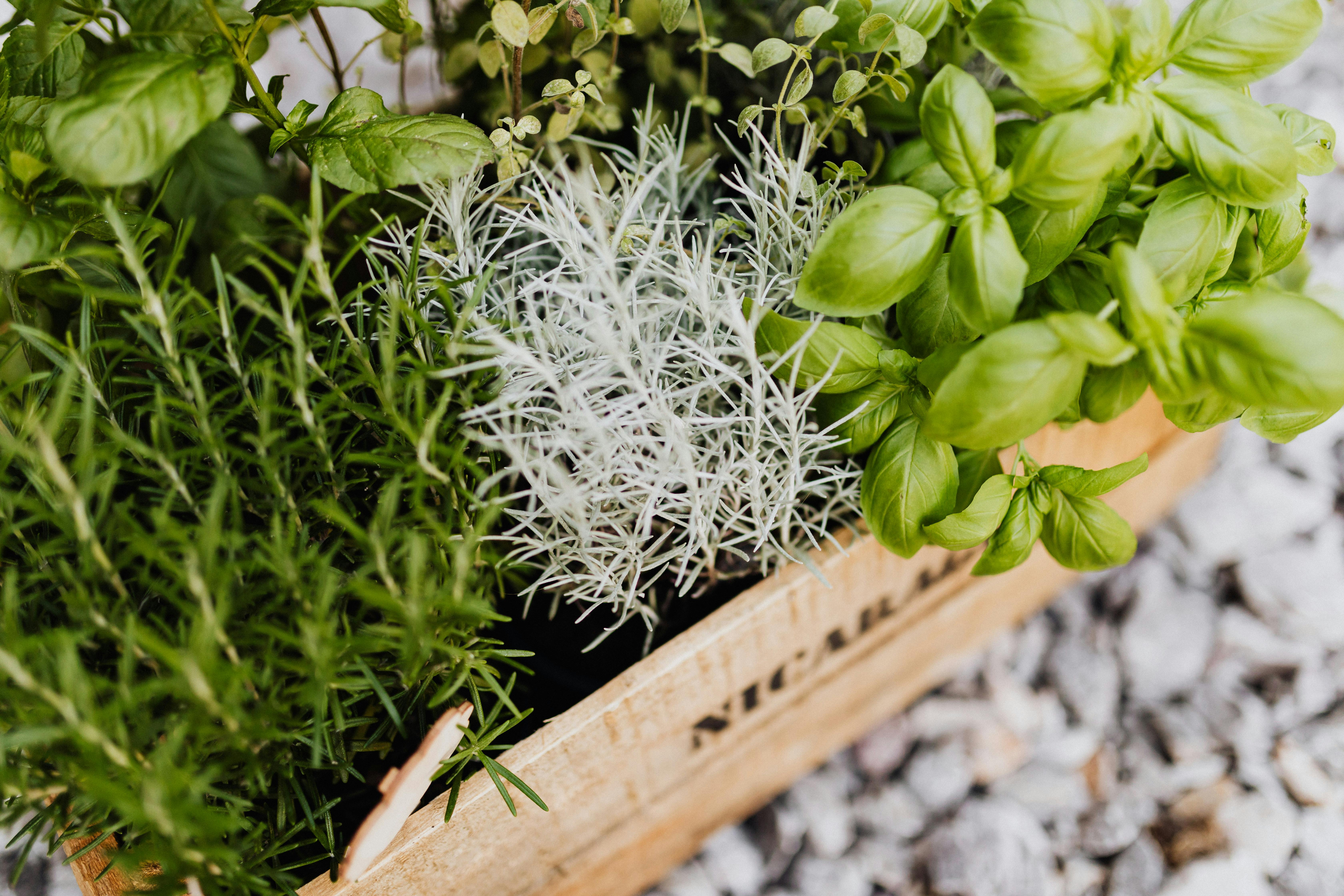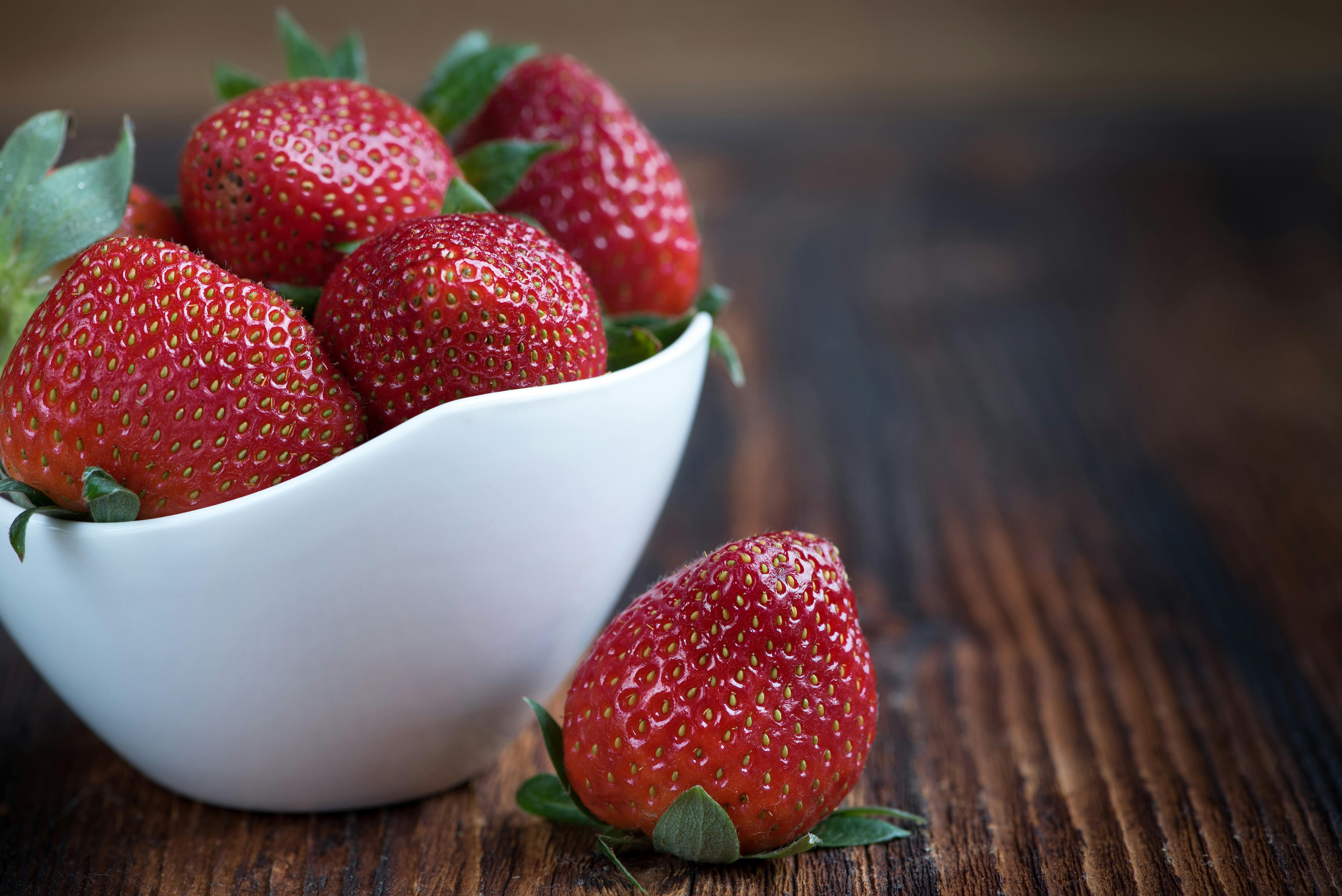 |
Nature’s Dessert Cookbook: Healthy, Delicious & Naturally Sweet Recipes Don’t want or can’t tolerate sugar alcohols and artificial sweeteners? This cookbook is for you! Every dessert is naturally sweetened with whole ingredients rich in fiber and protein, slowing sugar absorption and making them diabetic-friendly. It gathers your favorite recipes from the website—plus brand-new ones—all in one convenient place. Indulge in truly natural treats without compromise! |
 |
Diabetic Baked Goods: Everyday Bakes for Every Meal Diabetic cookbook designed to make healthy baking simple, accessible, and enjoyable. This collection of low-carb, high-fiber, and protein-rich recipes provides a reliable solution for those looking to enjoy diabetic bread and baked goods without blood sugar spikes. Every recipe includes a video tutorial, making it even easier to follow along and bake with confidence! |
 |
What Makes This Cookbook Different?
|
Healthiest Sugar Substitute: Fruit in Diabetic-Friendly Desserts
As a mother with a diabetic son, I understand the importance of healthiest sugar substitute without compromising on taste. Using fruits as natural sweeteners not only reduces the need for alternative sweeteners but also offers a diverse richness of flavor.
Healthiest Sugar Substitute: Nature's Sweetness
Fruits are nature's sweet, packed with natural sugars and an array of nutrients. Fruits are not just empty calories. They are a healthier choice compared to refined sugars and some other alternative sweeteners. By incorporating fruits as sweeteners in desserts, we can enjoy a touch of sweetness that is accompanied by fiber, vitamins, and antioxidants, making them the best fruits for diabetics.
The use of fruit as sweeteners in desserts not only makes them healthier but also adds a complexity of flavors that is hard to achieve with conventional sugar. Each fruit brings its distinct taste profile, which can enhance the overall dessert experience. Experimenting with different fruits1, including those low in sugar, can lead to delightful discoveries in the kitchen.
For example, a date-sweetened chocolate cake has a deeper, richer flavor compared to one sweetened with sugar alone. The natural sweetness and dense texture of the dates complement the chocolate, creating a more satisfying dessert.
A Wide Variety of Fruit Sweeteners
One of the wonderful aspects of using fruits as sweeteners is the wide variety available. Different fruits and different fruit products bring their unique flavors and textures to desserts, opening up a world of culinary possibilities. Forest fruit, apples, pears, dates, and even citrus fruits can serve as natural sweeteners, providing versatility in recipe creation.
Berries, such as strawberries, blueberries, currants, raspberries, are excellent options. They are low in sugar and high in antioxidants, making them the best fruits for diabetics.
Apples and pears are also fantastic natural sweeteners. Grated apples can replace sugar in baking recipes while adding moisture and flavor.
Here I can briefly mention fruit juice that my son drink only when he falls into hypoglycemia because fruit juice quickly raise his blood sugar level but he eats fresh fruit which contains fiber.
I’ll once again emphasize the importance of monitoring the impact of each ingredient, including fruit, on blood sugar levels because individual differences do exist.
I don’t use it much because our experience is not very good although it is generally accepted in the diet of diabetics but ripe bananas can be mashed and used in recipes for muffins, pancakes, and even cookies, providing a natural sweetness and creamy texture.
Dried fruits and fruit preserves
Dates are another fruit that stands out as an excellent sweetener. They are naturally high in fructose, providing a rich, caramel-like sweetness. Dates can be blended into a paste and used in energy bars, cakes, and even as a filling for cookies. They are among the best dried fruit for diabetics when used in moderation (because dried fruits have higher sugar concentration). I use dried apricots and plums because of good experiences with it.
Citrus fruits, like oranges and lemons, offer a bright and zesty sweetness. Orange juice, zest or even whole blended orange can enhance the flavor of cakes and muffins, while lemon juice and zest can add a refreshing sweetness to desserts. These fruits not only sweeten but also add a delightful aroma and tang.
Using fruit preserves without added sugars is another great way to sweeten desserts. Homemade or store-bought fruit preserves, like raspberry or apricot jam, can be used in many desserts, and even as a topping. These preserves provide a concentrated fruit flavor and sweetness.
Balancing Blood Sugar: The Importance of Recipe Planning
While fruits are healthier than refined sugars, they still contain natural sugars that can affect blood glucose levels. It is essential to pair them with other ingredients that can help stabilize blood sugar, such as fiber-rich grains or protein.
We need to pay attention to all ingredients, not just the sweeteners. When the other ingredients are well chosen, even a slightly larger amount of those that can impact blood sugar levels may still result in a delicious and diabetic-friendly dessert.
For instance, the fiber from oats and the natural sweetness from fruits, making it a nutritious and delicious option. The fiber in oats helps slow down the absorption of sugars, providing a more stable blood sugar response.
Furthermore, a fruit-based dessert does not need to be overly sweet to be enjoyable. The natural sweetness of the fruit, combined with the right spices and ingredients, can create a harmonious and satisfying dessert. Spices like cinnamon, nutmeg, and vanilla extract can enhance the sweetness of fruits without adding extra sugars.
It’s also important to know that if we choose, we can 'mask' the taste of fruit in a dessert so that it doesn’t have an overtly 'fruity' flavor. Ingredients like cocoa, chocolate, various nuts, different flavorings, vanilla, and citrus zests can neutralize the fruit’s taste while still keeping the dessert sweet—thanks to the fruit.

Fruits: Essential Nutrients for Diabetic Well-being
Using fruits as natural sweeteners is healthiest sugar substitute. They provide essential nutrients like vitamin C, potassium, and dietary fiber, which not only support general well-being but also help manage diabetes effectively.
In conclusion, fruits are an exceptional choice for sweetening diabetic-friendly desserts. Their natural sugars, combined with their nutritional benefits, make them superior to many other sweeteners. By using a variety of fruits, we can create desserts that are not only delicious but also supportive of a healthy diet.






